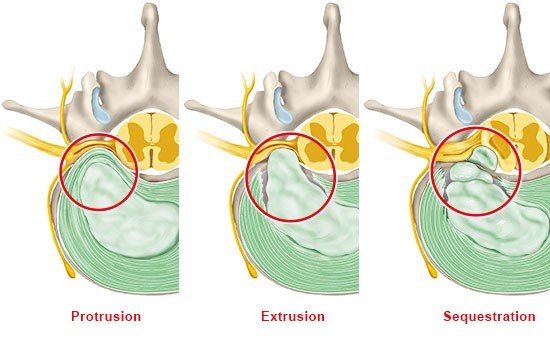Brinjikji W, Luetmer PH, Comstock B et al. Systematic literature review of imaging features of spinal degeneration in asymptomatic populations. AJNR Am J Neuroradiol 2015; 36(4): 811-816.
Bundesärztekammer (BÄK), Kassenärztliche Bundesvereinigung (KBV), Arbeitsgemeinschaft der Wissenschaftlichen Medizinischen Fachgesellschaften (AWMF). Nationale Versorgungsleitlinie Nicht-spezifischer Kreuzschmerz (in Überarbeitung). AWMF-Registernr.: nvl-007. 2021.
Czabanka M, Thome C, Ringel F et al. [Operative treatment of degenerative diseases of the lumbar spine]. Nervenarzt 2018; 89(6): 639-647.
Deutsche Gesellschaft für Neurologie (DGN). Lumbale Radikulopathie (S2k-Leitlinie). AWMF-Registernr.: 030-058. 2018.
Deutsche Gesellschaft für Orthopädie und Orthopädische Chirurgie (DGOOC), Deutsche Gesellschaft für Orthopädie und Unfallchirurgie (DGOU), Deutsche Gesellschaft für Neurochirurgie (DGNC) et al. Konservative, operative und rehabilitative Versorgung bei Bandscheibenvorfällen mit radikulärer Symptomatik (S2k-Leitlinie). AWMF-Registernr. (neu): 187-057. 2020.
Deyo RA, Mirza SK. Herniated Lumbar Intervertebral Disk. N Engl J Med 2016; 374(18): 1763-1772.
Jordan J, Konstantinou K, O'Dowd J. Herniated lumbar disc. BMJ Clin Evid 2011: pii: 1118.
Mayer HM, Heider FC. Der lumbale Bandscheibenvorfall. Orthopädie und Unfallchirurgie up2date 2016; 11(06): 427-447.
Oosterhuis T, Costa LO, Maher CG et al. Rehabilitation after lumbar disc surgery. Cochrane Database Syst Rev 2014; (3): CD003007.
Traeger AC, Underwood M, Ivers R et al. Low back pain in people aged 60 years and over. BMJ 2022; 376: e066928.
IQWiG health information is written with the aim of helping people understand the advantages and disadvantages of the main treatment options and health care services.
Because IQWiG is a German institute, some of the information provided here is specific to the German health care system. The suitability of any of the described options in an individual case can be determined by talking to a doctor. informedhealth.org can provide support for talks with doctors and other medical professionals, but cannot replace them. We do not offer individual consultations.
Our information is based on the results of good-quality studies. It is written by a team of health care professionals, scientists and editors, and reviewed by external experts. You can find a detailed description of how our health information is produced and updated in our methods.




